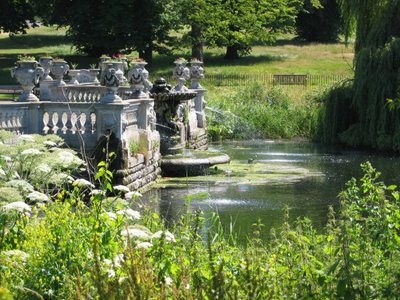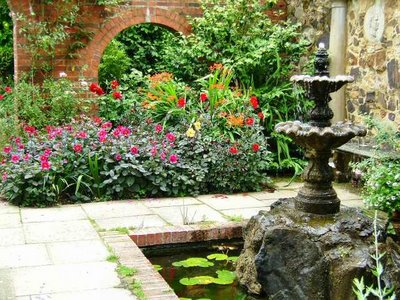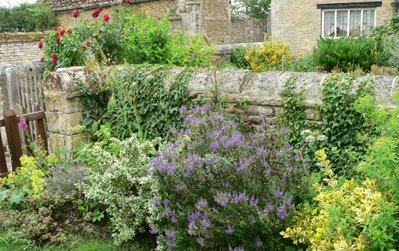Artistic Garden

People spend a great deal of time not only in their homes but also in their gardens; children grow up there and family relationships are formed. For these very good reasons, the artistic effect of this environment should not be a matter of indifference. If we think of a garden from this point of view we shall consider its beauty to be a vital feature -- quite as important as its economic yield.

A beautiful garden does not come into being througha random collection of beautiful items. If, at the same time, we do not plan their mutual artistic relationships the result -- at best, will be a collection of beautiful items, but not a beautiful garden. No exact rules can be laid down for planning an artistic garden, because allowance must be made for individual tastes,m but at least some generally valid aesthetic principles can be given.

The artistic planning of a garden is basically guided by the same generally valid rules that apply in other forms of artistic creation. In the first place it must be based on the aesthetic qualities of all the natural elements used, as these will always be the most essential components. Very important roles are played by the special function of planting, the effectiveness of the forms and textures of the green areas, and also the use of colour, light and shade and so on. Then too, an artistic conception of a garden means that the economic and aesthetic aspects must be regarded as a whole, not separately.

Grouping Plants Artistically A beautiful garden does not take shape automatically, by the mere intorduction of beautiful plants. Good results can only be achieved by respecting the relationships between the plants themselves and between them and the garden as a whole. The beauty of many shrubs, for instance, can only be fully appreciated in certain combinations with other plants, buildings or spaces.

There are two basic principles involved in the artistic planning of a decorative garden, that is, two ways of combining decorative plants. The first groups them according to purely aesthetic rules and relationships, the second according to their natural occurrence in the wild.

Planting According To Aesthetic Rules
1. Group plants according to the colour of their flowers, either so that the colours harmonize or are in pleasing contrast.
2. Associate plants according to similar qualities. For example maples, whith their typical palmately lobed leaves, combine well with plane trees, which have similarly shaped leaves. In a small area of the garden there might be a group linked by the analogous qualities of the various species, for instance a corner of dwarf conifers or one composed of predominantly blue or red flowering plants.








0 Comments:
Post a Comment
<< Home